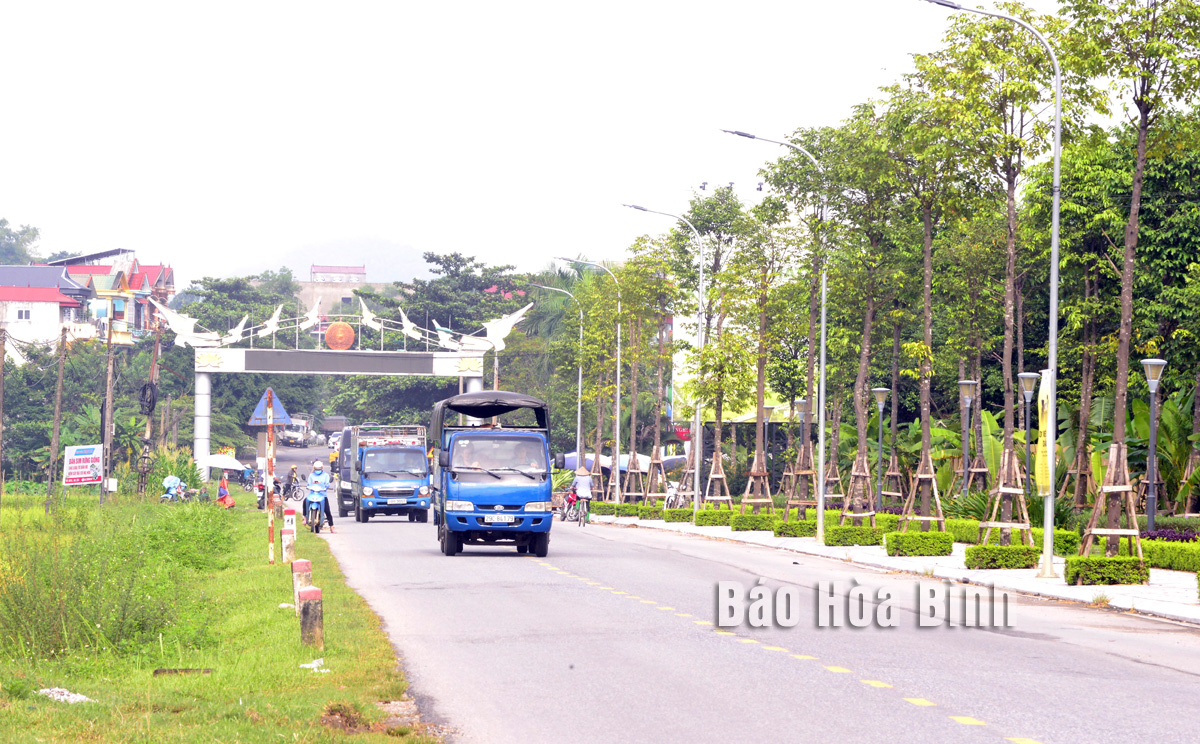



Transport infrastructure development in Bo town contributes to tourism development.
Tran Tuan Son, Vice Chairman of the district People's Committee, said the district is enhancing cooperation with departments, agencies and units to expedite the planning progress, integrating it into the province's master plan, thus laying a foundation to manage planning and efficiently tap advantages for sustainable development.
As Kim Boi is a key urban and tourist development area in the province, the province has paid attention to attracting investment and pooling resources from both domestic and foreign budgets to support the district's development.
The district is now home to 25 tourism investment projects, with several ongoing projects like Venus resort, a complex of cultural tourism and resort services which spreads across Kim Boi and Lac Son districts, and Apec Mandala Sky Villas Kim Boi project in Mo Da hamlet.
The population in the district is projected to reach 145,000 by 2030, with about 50,800 residing in urban areas. The urbanisation rate will be some 35%. During the 2020-2030 period, the population is forecast to grow by 24,900. By 2040, the population growth rate is estimated at 1.7%, with the population in the planning area to reach about 171,600 and urban population at around 77,200, resulting in an urbanisation rate of 45%. The population is expected to increase by additional 26,600 people from 2030 to 2040.